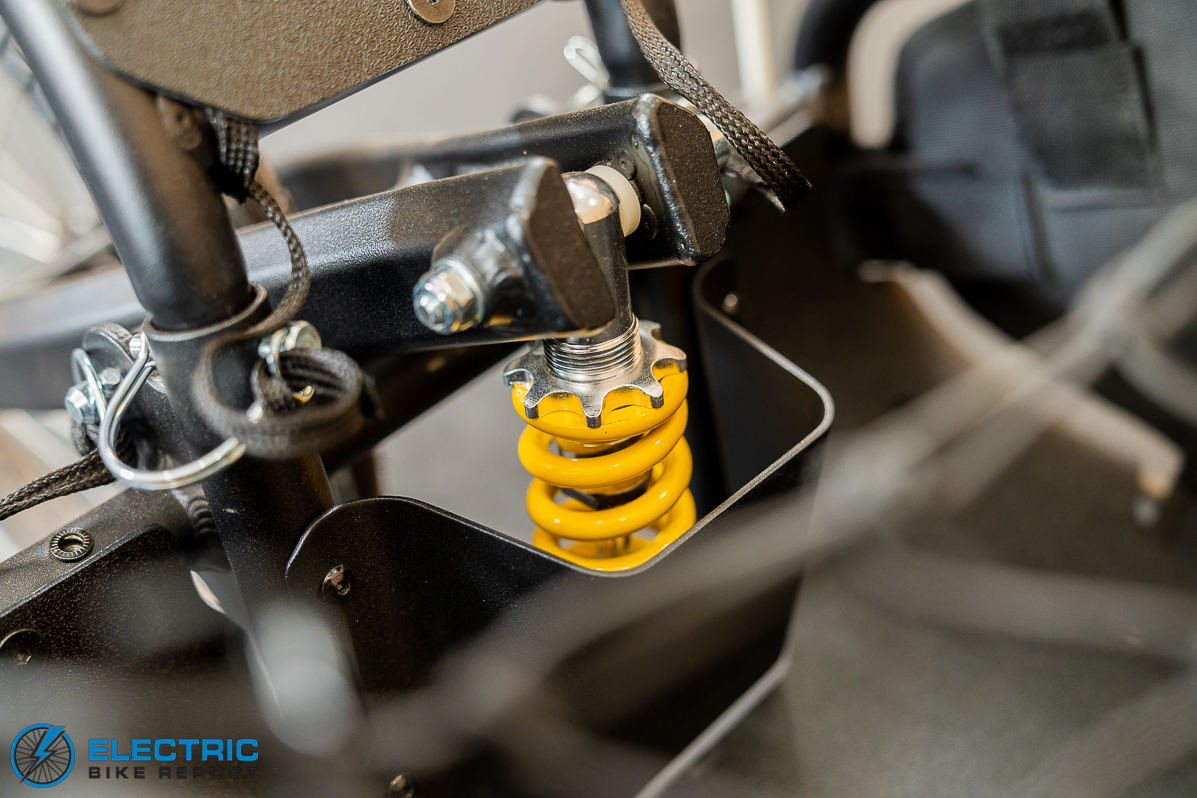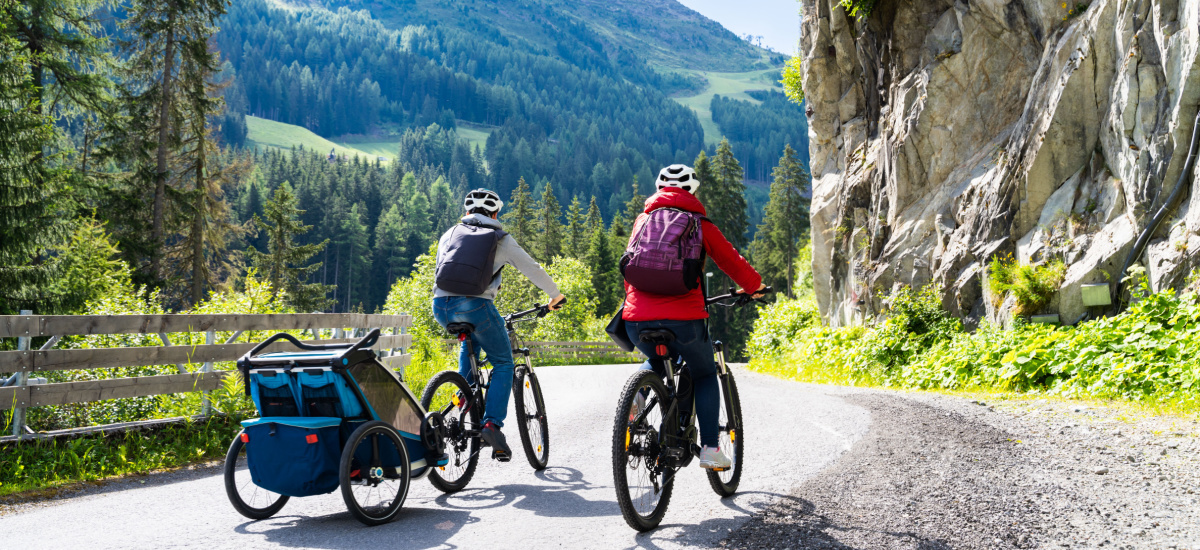Bikepacking With an E-Bike
E-bikes offer some distinct advantages over traditional bicycles when used for bikepacking, but they also come with specific limitations.
On one hand, e-bikers are less likely to feel the effects – namely, exhaustion – of added weight due to the assistance offered by their bike’s motor. Riders of e-bikes can also take advantage of their throttles to take a break from pedaling, though this leads us to one of the tradeoffs that bikepackers on analog bikes needn’t be concerned with.
For starters, many off-road trails do not allow e-bikes, so route planning with this in mind is essential. More specifically, however, e-bikepackers need to consider the battery life and range of their e-bike. With the addition of extra weight, an e-bike’s motor will need to draw more power from the battery, thereby reducing the distance an e-bike can travel on a single charge. Riders using their throttle will deplete battery charge even faster!
For this reason, it is recommended that e-bikepackers use the lowest pedal assist system (PAS) setting possible to get the most from their batteries. We also suggest doing a test ride with a fully-loaded bike to get a sense of the distance the bike can travel before running out of juice. The Range Tests we perform in each of our e-bike reviews can be a good starting point, but considering that our range testers are relatively light (the 150 lb. range), our data is less likely to be accurate with a heavier load.
For extended trips beyond the range of a single charge, e-bike adventurers should plan their route carefully depending on their anticipated method of charging. Awareness of potential charging locations is paramount, as is knowledge of how long your battery takes to charge. To determine the number of hours this will take, divide the amp-hour rating of your battery by the amperage of the charger. Easy peasy!
Those spending their nights indoors – perhaps in motel rooms or on a friend’s couch – shouldn’t need to worry about where they’ll plug in, and for those who prefer sleeping under the stars, electricity is often available in many campgrounds. A conveniently-located coffee shop may work in a pinch if you find yourself running low on charge; a couple of hours of topping up might make the difference when your destination is still a ways out.
For shorter trips, staying within your e-bike’s range is key, but bringing a second battery may be an option to consider, even if only for added peace of mind. And if your e-bike is light enough, pedaling without the motor can extend your charge or get you home if your battery expires.


A coil suspension on the Coho’s wheel helps to prevent cargo from bouncing around (or out of the trailer entirely).
.
.
.
#Bikepacking #Enjoyable #Easier #Electric #Bike #Report
Source link








